DuMuX for modelling fractures in porous media
What are fractures?
Joints
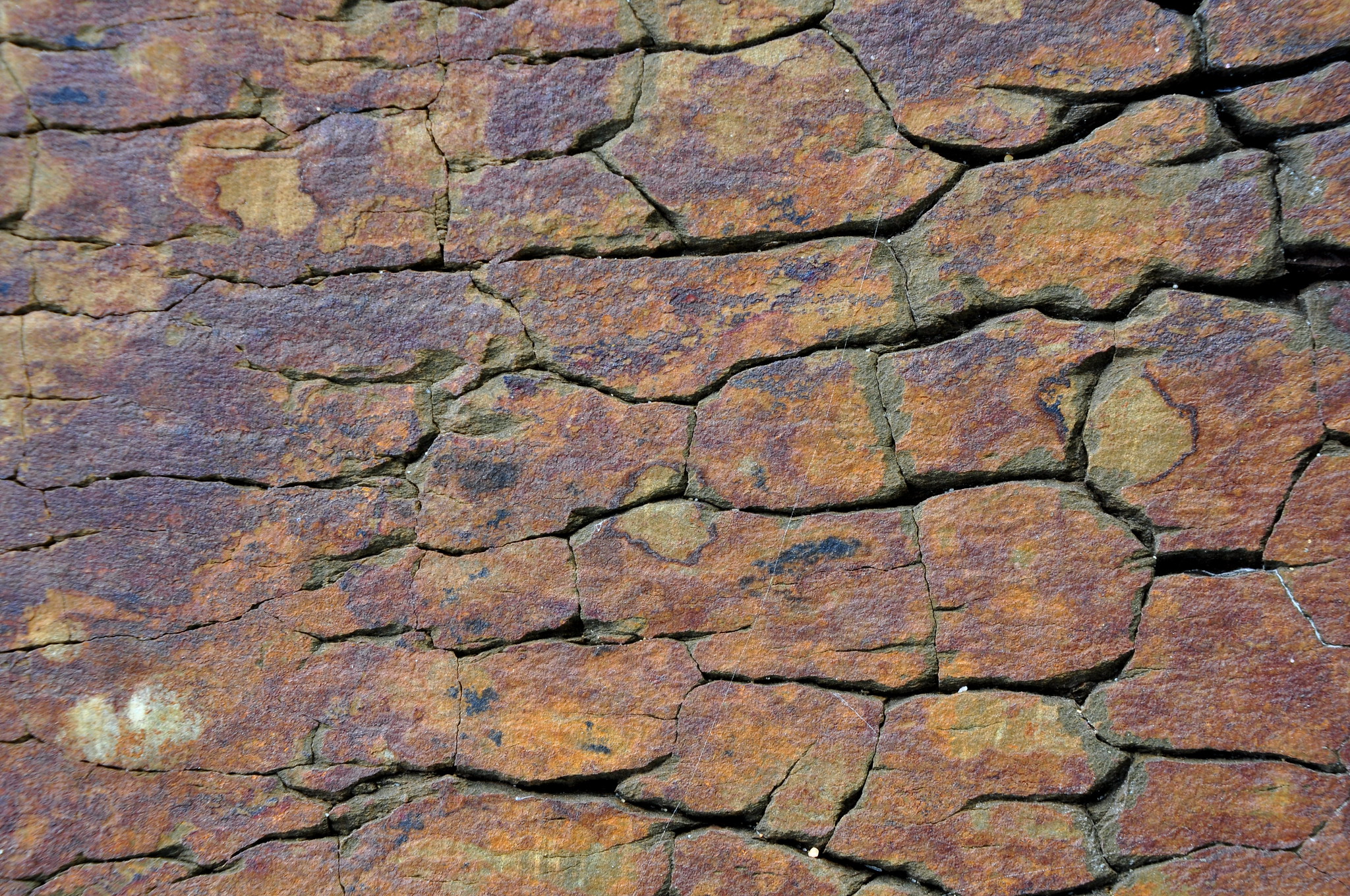
Credit:
flickr.com/photos/dietmardownunder/44733263071,
licensed under CC-BY-2.0.
Faults

Credit:
Wikipedia.
Why are fractures important?
Example applications I
Hydraulic fracturing

Credit: Wikipedia.
Example applications II
Geothermal energy production
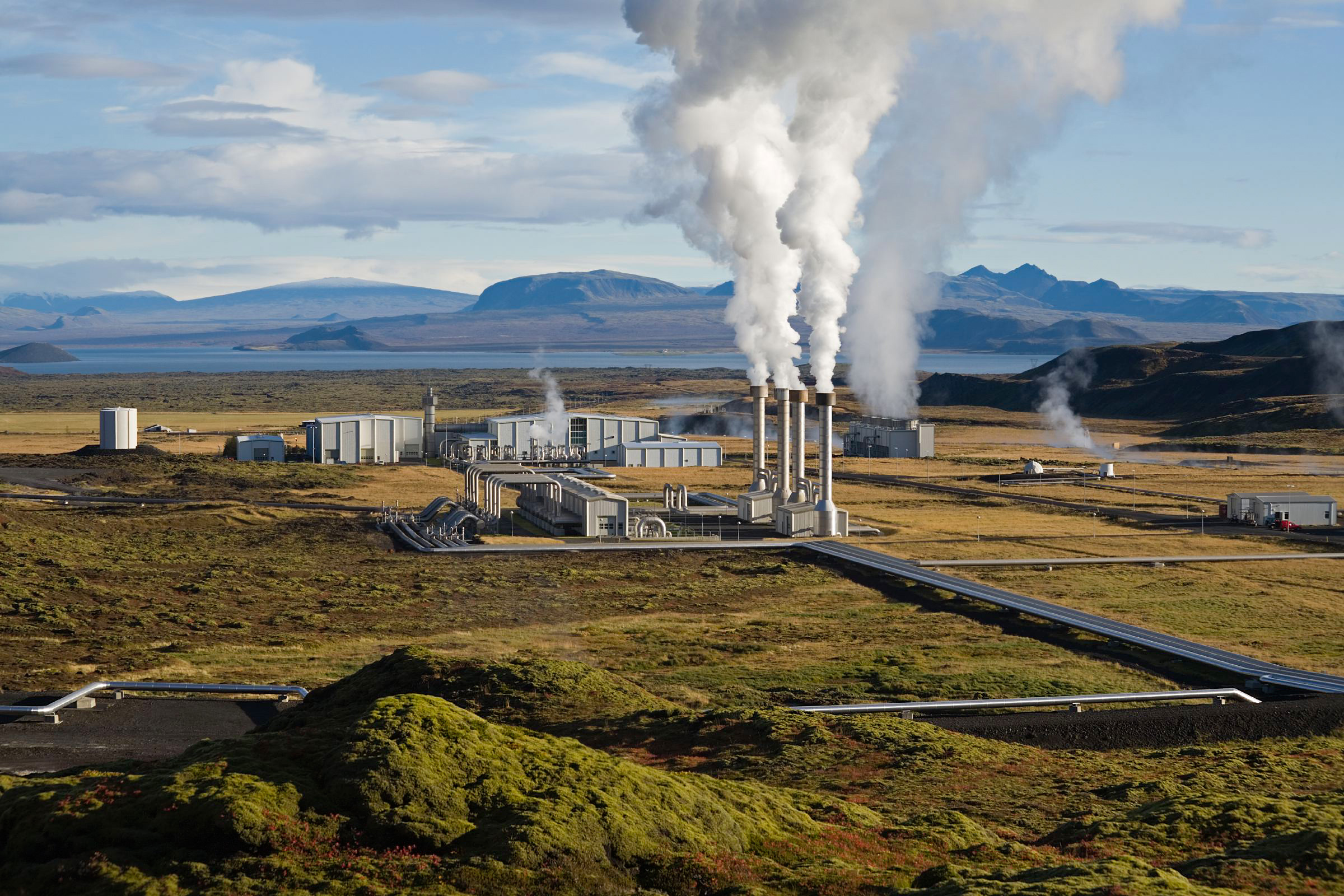
Credit: Wikipedia.
Hydraulic effects
(Results from the DuMuX fracture exercise)

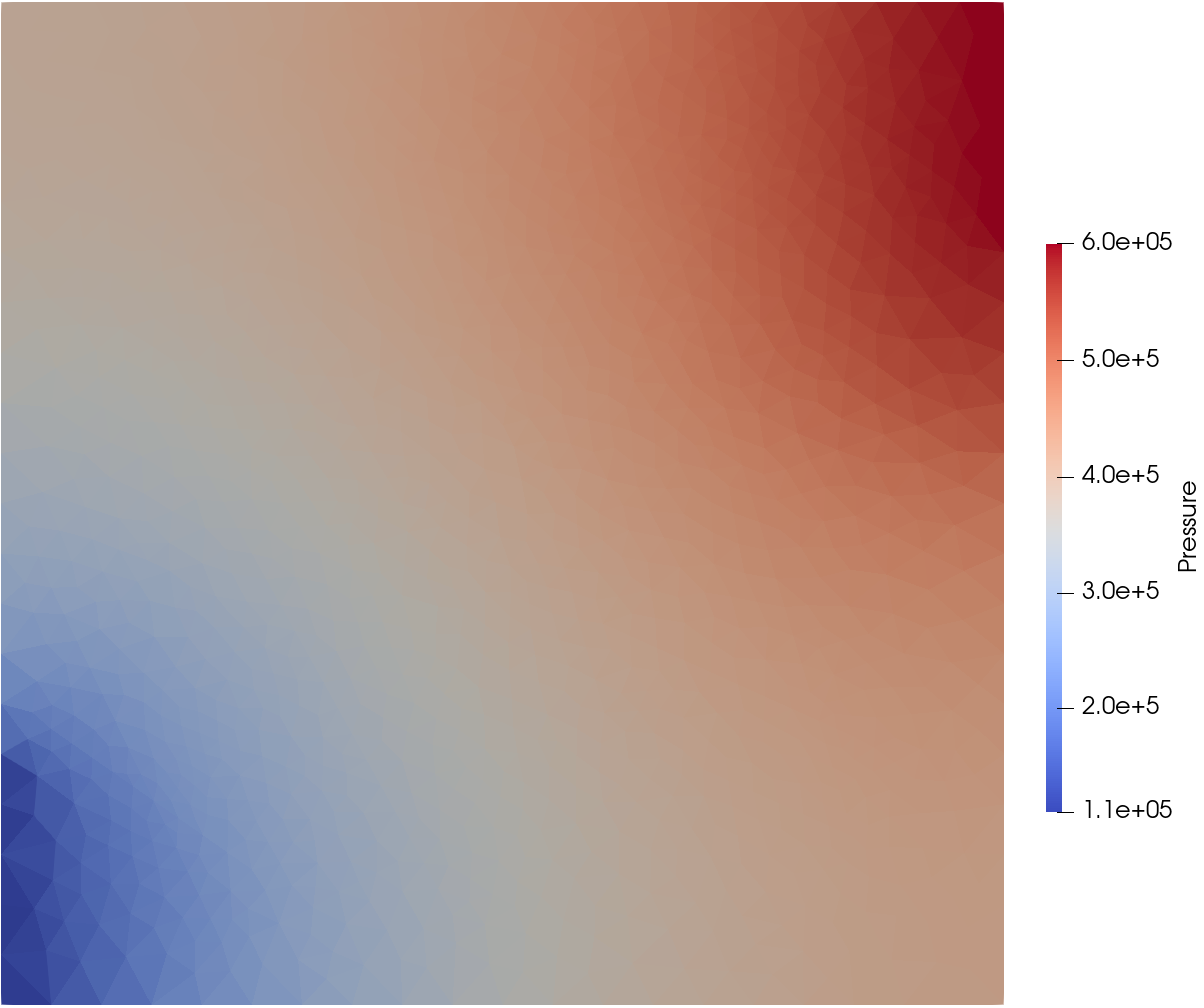
Capillary effects
(Results from the DuMuX fracture exercise)

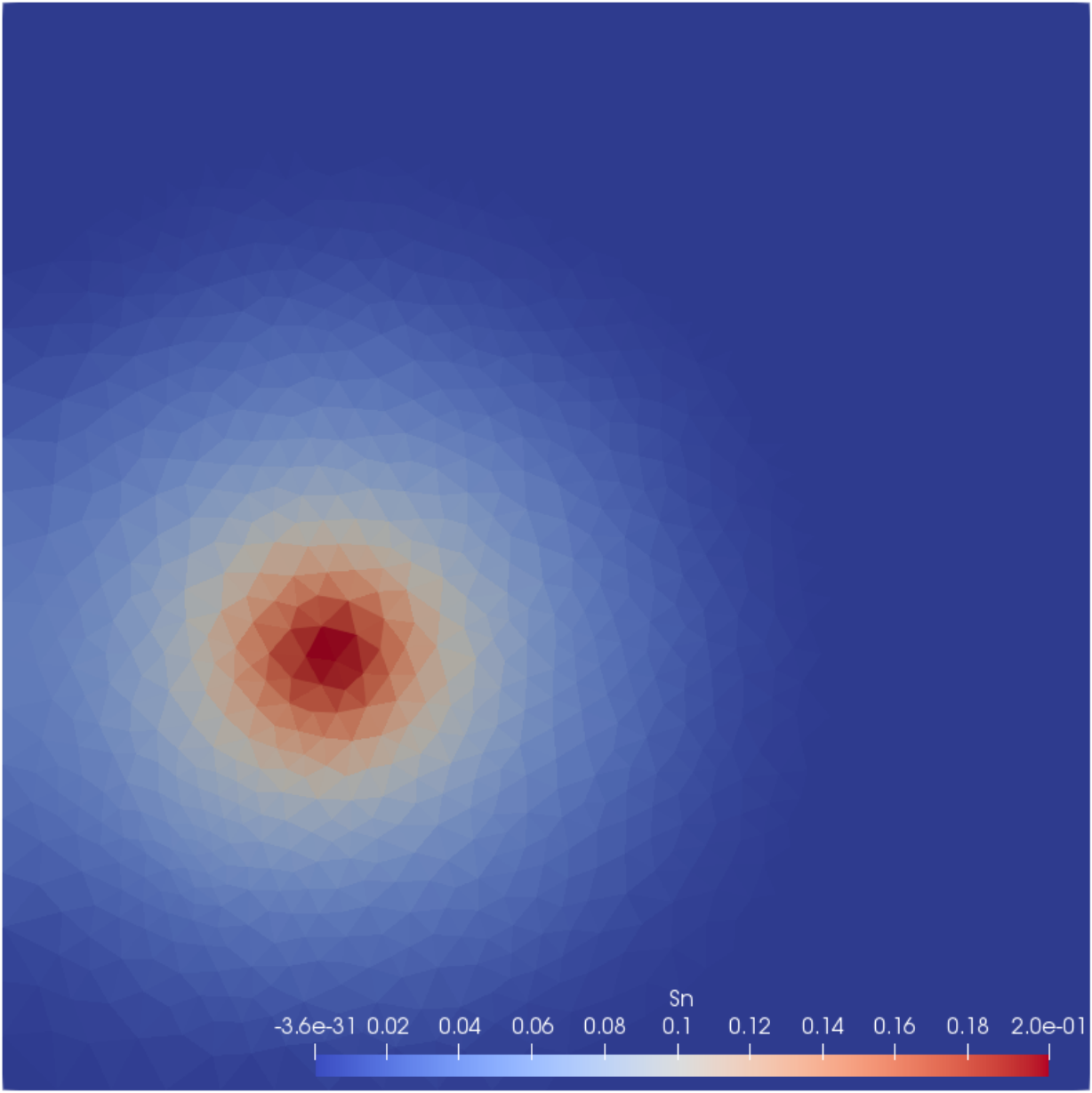
Model concept
Discretization
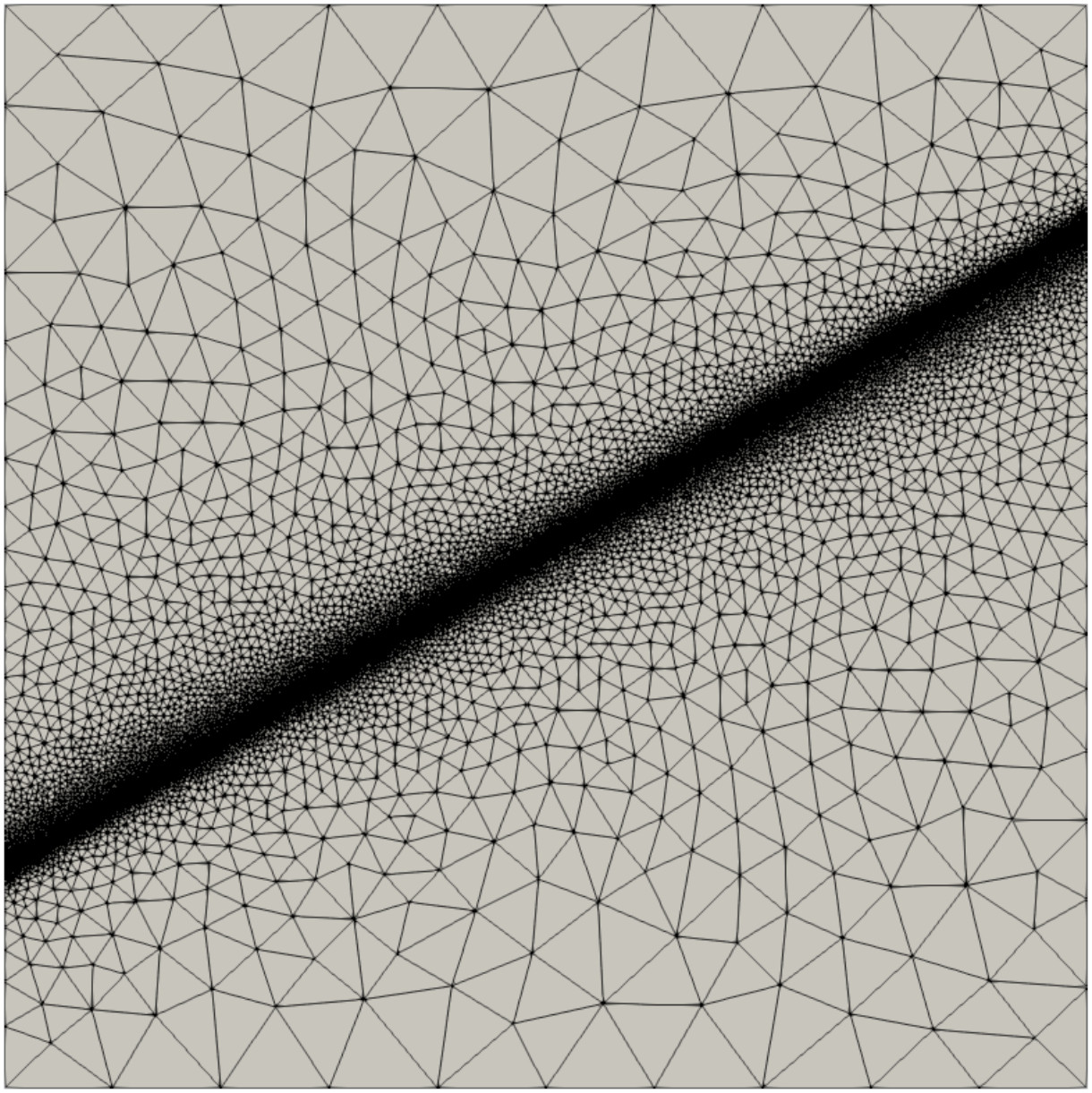
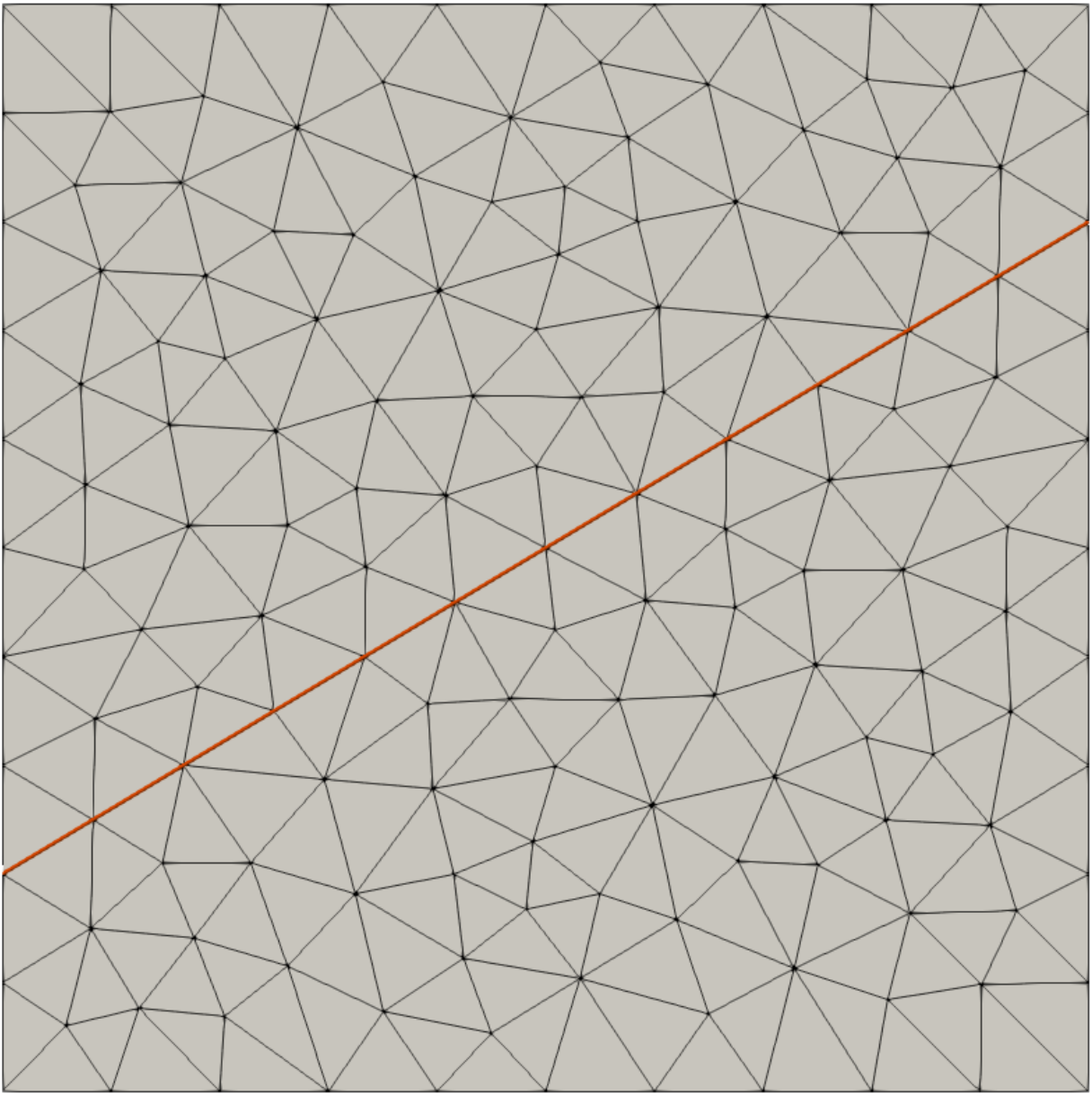

Problem Abstraction
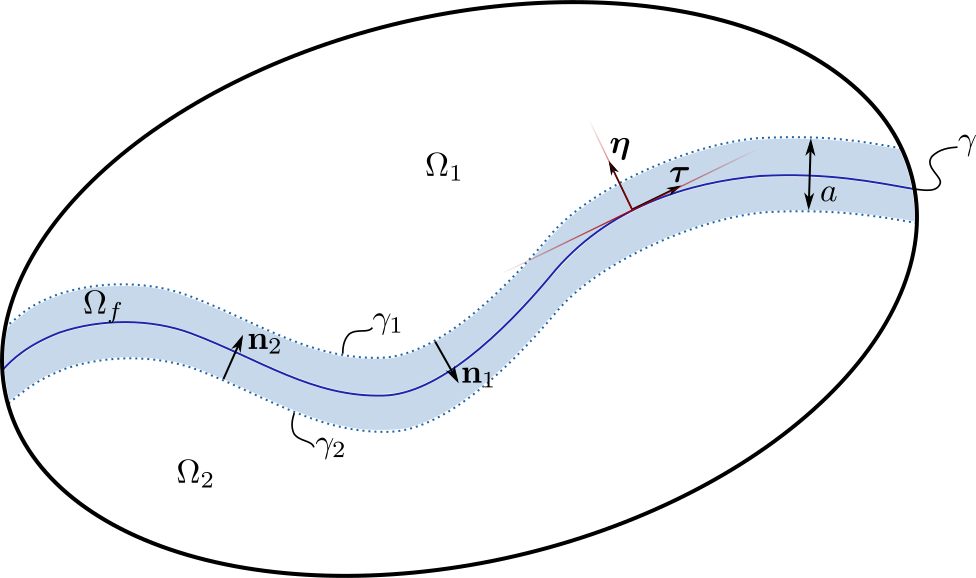
Problem Formulation

\[ \small \begin{aligned} \mathbf{u}_i &= - \mathbf{K}_i \nabla p_i, \\ \nabla \cdot \mathbf{u}_i &= q_i, &&\mathrm{in} \, \Omega_i, \\ \mathbf{U}_f &=- a \mathbf{K}_{f, \tau} \nabla_\tau P_f, \\ \nabla_\tau \cdot\mathbf{U}_f &= q_f + \left( \mathbf{u}_1 \cdot \mathbf{n}_1 + \mathbf{u}_2 \cdot \mathbf{n}_2 \right), &&\mathrm{in} \, \Omega_f, \\ \mathbf{u}_i \cdot \mathbf{n}_i &= - \frac{2 k_\eta}{a} ( P_f - p_i ), &&\mathrm{in} \, \gamma_N, \\ P_f &= p_i, &&\mathrm{in} \, \gamma_D. \end{aligned} \]
Fracture exercise
Buoyancy-driven gas migration
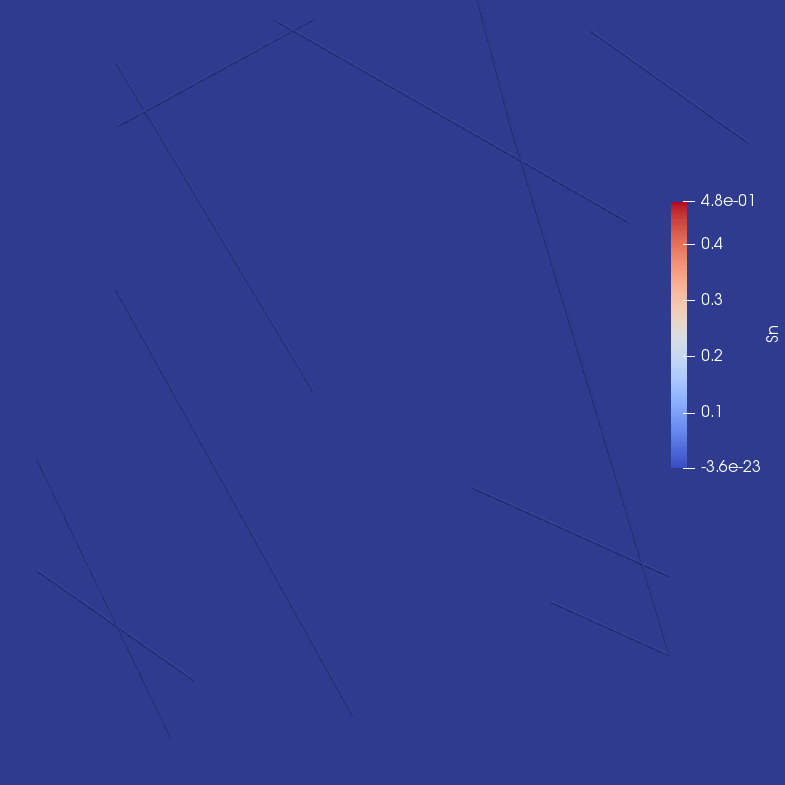
Tasks
- Change boundary conditions
- Change fracture properties
- Use different coupling conditions
- Make use of domain markers